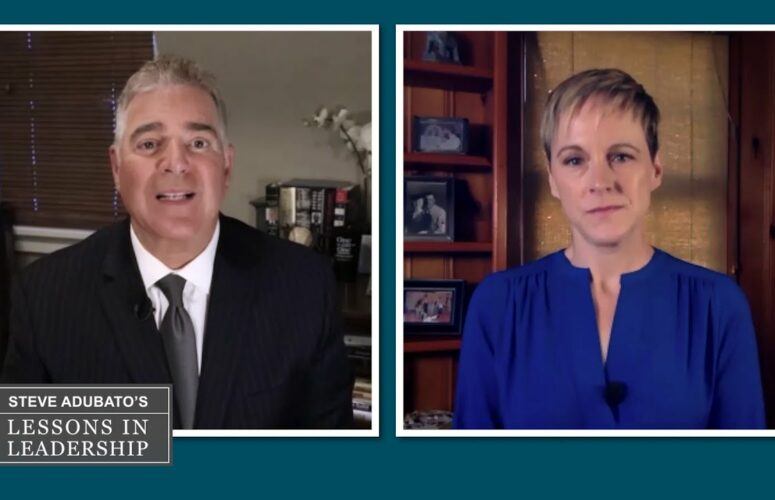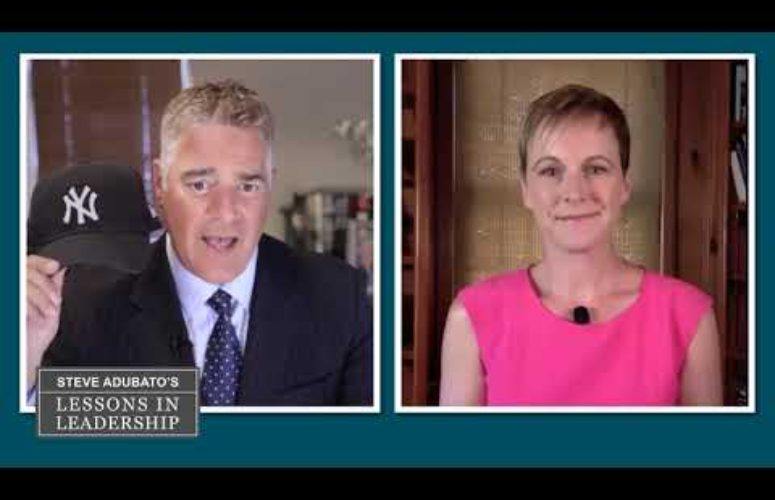Impact Over Activity
By Steve Adubato, PhD On Feb 3, 2021Whether you are a non-profit leader, manufacturing executive or a budding entrepreneur, the challenge of communicating and persuading someone to invest dollars into your venture can be daunting. When attempting let someone know about you and your organization’s mission, vision and services, there is a difference between communicating about the “activities” of your organization as opposed to your “impact”. Consider the following insights that clearly distinguish between these two very different communication approaches to getting your message across to an audience with a very limited attention span.
- Communicating about your organization’s “activities” sounds like this; “At our organization we run a variety of programs including…” The presenter then proceeds to go through a laundry list of programs and initiatives in intricate detail that is often accompanied by a PowerPoint presentation listing those same details. One problem with this approach is that much of this information is communicated on the organization’s website. What is the point of using this valuable face-to-face opportunity to present in front of these influential decision-makers and simply telling them the same thing they can find out online? Communicating your ACTIVITIES has little value to people who are much more interested in the IMPACT you are having on the people you serve.
- Conversely, communicating IMPACT sounds like this; “In the past three years, we have changed the lives of over 2,000 young adults between the ages of 13 and 18 by providing them with after-school mentoring and tutoring. To date, over ¾ of these teens have gone on to college. One young man we are particularly proud of is Jim Smith, who recently graduated from Harvard. Listen to what he said about his time with us…” Can you hear the difference? This communication is all about impact and outcomes on people versus programs and activities. Frankly, people don’t care that much about your activities unless they are connected to outcomes, especially if those outcomes are consistent with their organizational values and interests.
- Communicating ACTIVITIES is often very linear and predictable, which is not particularly engaging or interesting. It’s a familiar pattern. When you simply list programs and activities, your audience tends to fall into a passive state of listening to the point where they can become disengaged. You are doing all the talking and the message being sent to them is “just sit there while I tell you all the things we do at our organization.” That’s why during many of these presentations you often see audience members either distracted using their smart phones or other electronic devices or, worse, having a hard time staying awake.
- Conversely, when using the outcomes approach to presenting, you are often asking rhetorical questions like; “What do you think happens when you take a young teenager from an inner-city who many have ignored and spend time mentoring and coaching him, providing him tangible skills and tools to help him succeed in everyday life?” As soon as you do that, your audience is engaged and curious. Thinking. Then, the presenter can follow up with an answer, once again sharing a relevant example about either a group of young men who have had a positive experience or a particular individual with a compelling story. The key is to engage your audience, keeping them interested and involved.
As communicators we have a choice. We can make presentations that focus on our activities or we can talk about the impact we have on others—which would you rather hear?
Related Articles:






